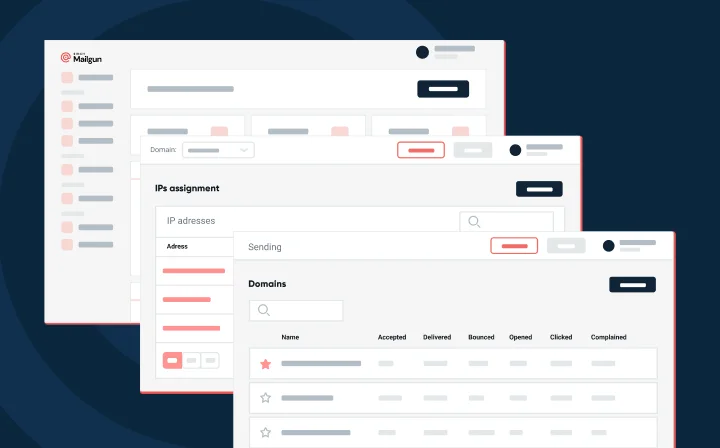Product
Mailgun API 2.0: Forget MIME!

Product

This post was originally published on October 18, 2011
Good news everyone!
Mailgunners been in the lab, keyboards in hands, trying to get some code off – and now Mailgun 2.0 is out. Today we are starting a short series of blog posts that tell you about all the exciting features we have built. If you can’t wait, you can always read our docs about the all the goodies in the new release.
We want to begin by saying: “NO MORE MIME!”
That’s right, you no longer need to deal with MIME email message format to submit feature-rich messages HTML bodies, attachments and so on.
The bitter truth is that not all programming languages are blessed with easy to use, well-documented and bug-free MIME libraries. Yet, nearly everyone knows how to make an HTTP POST request these days, which is ironic because underlying data formats are the same.
Another trend we noticed is that many programmers are not email experts…and why should they be? For example, we have been asked numerous times how to implement “Bcc” functionality or how to attach a file to a message.
Aiming to be the best email platform out there, we have decided to take a deeper look at how email messages are being created and sent. We are done asking our developers to read Wikipedia articles on multi-part emails and wrestle with MIME libraries of questionable quality.
Mailgun new message sending API is simple. Post parameters via HTTP to us and we build MIME and send your message out. What parameters? The ones you would expect: “From”, “To”, “Cc”, “Bcc”, “Subject”, “HTML body”, “attachment file”. You get the idea – same stuff Gmail GUI offers.
This means you can send non-trivial emails using good old curl…or even browser-based JavaScript! Of course, you old-schoolers are welcome to still use your own MIME with SMTP, or submit MIME via HTTP: we are fully backwards compatible.
Enough talking, lets look at some code. Most programming languages have built-in support for making HTTP requests, but for higher-level joy we recommend restclient for Ruby or requests for Python.
To get started, let’s send a simple text message:
curl --user api:key https://api.mailgun.net/v2/farfaraway.uk/messages -F from='Shrek <cuteogre@farfaraway.uk>' -F to='Fiona <princess@farfaraway.uk>' -F subject='Status update' -F text='The cat is off the hook'
How about a multipart message with text and HTML parts with multiple recipients and a few attachments, which also has a BCC recipient? Easy:
curl --user api:key https://api.mailgun.net/v2/farfaraway.uk/messages -F from='Shrek <cuteogre@farfaraway.uk>' -F to='Fiona <princess@farfaraway.uk>' -F bcc='Donkey <donkey@farfaraway.uk>' -F subject='Status update' -F text='The cat is off the hook' -F html='The cat is off the hook!' -F attachment=@kitchen-photo.jpg
Users who wish to set custom MIME headers can still do so without ever touching MIME. If a POST parameter begins with “h:” prefix, Mailgun recognizes it as a custom MIME header. Here’s an example of sending a message with a custom Message-Id header:
curl --user api:key https://api.mailgun.net/v2/farfaraway.uk/messages -F from='Shrek <cuteogre@farfaraway.uk>' -F to='Fiona <princess@farfaraway.uk>' -F subject='Status update' -F text='The cat is off the hook' -F h:Message-Id='mycustomid-1231@farfaraway.uk'
There you have it: a clean and simple way to avoid MIME mess. You can see more API tricks in the documentation link below. Some other cool tricks you can include sending in test mode or scheduling for a specific delivery time.
Take a look: https://documentation.mailgun.com/en/latest/user_manual.html#sending-via-api
Peace! — Mailgunners